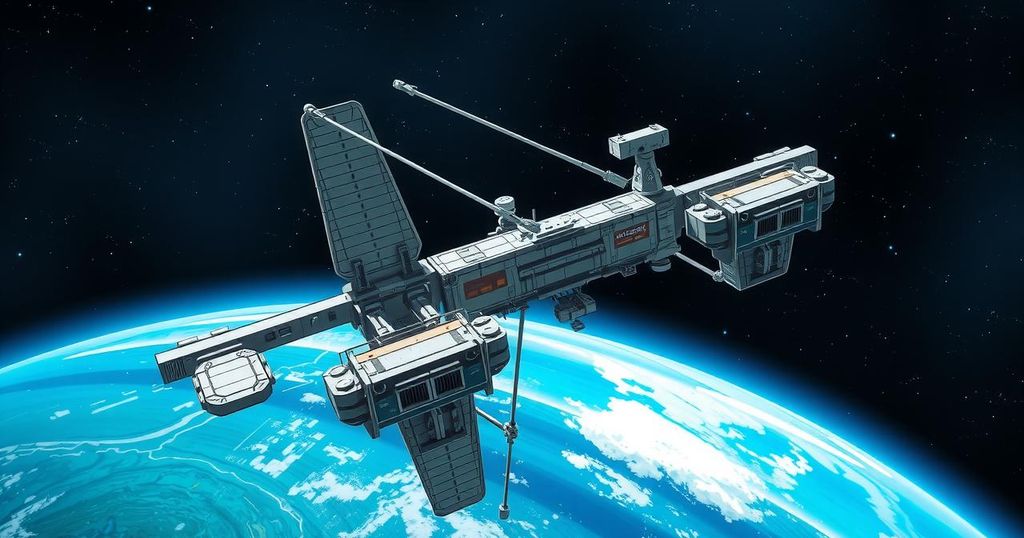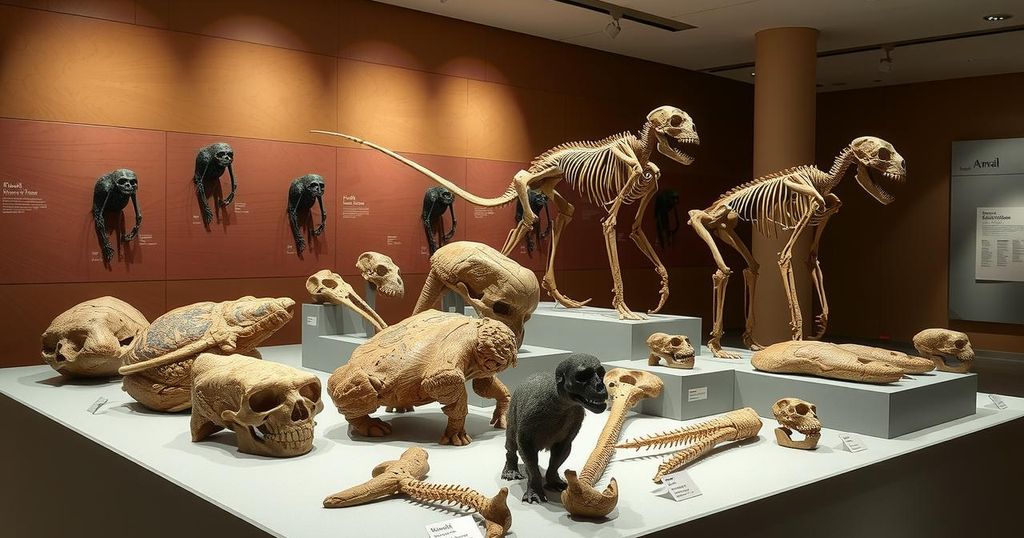NASA’s 2024 Space Station Research: Pioneering Science for Future Exploration
NASA has conducted over 4,000 investigations aboard the International Space Station, resulting in significant research outputs, including 361 publications in 2024. Key studies include advancements in cement solidification, colloidal clusters, bubble dynamics, cellular responses, spatial awareness of astronauts, and monitoring space debris. These findings enhance technology and prepare for future space exploration.
NASA, alongside its global partners, has pursued groundbreaking research aboard the International Space Station (ISS) for over 25 years. With more than 4,000 investigations and 4,400 publications, 361 findings emerged in 2024 alone. The research fuels technology advancements on Earth and paves the way for future exploration missions.
One standout study is NASA’s Microgravity Investigation of Cement Solidification (MICS), which explores how cement hardens in microgravity. Utilization of AI to create intricate 3D models from 2D microscope images revealed insights on pore distribution and crystal growth, crucial for cement integrity. This knowledge may revolutionize civil engineering and material manufacturing for space missions.
The JAXA Colloidal Clusters study examined the formation of pyramid-shaped clusters, essential components of the ideal diamond lattice structure. By immobilizing these clusters in durable gels, scientists studied light manipulation; their findings could enhance optical technologies, sensors, and even cloaking devices by controlling light reflection and scattering.
NASA’s Optical Imaging of Bubble Dynamics investigated how microgravity affects bubble formation during boiling. It was discovered that bubbles grow significantly larger and faster in space. Fine microstructures slow bubble formation due to altered heat transfer, potentially influencing the design of thermal cooling systems and bubble-based sensors.
The ESA’s Cytoskeleton investigation revealed how microgravity impacts cell processes, reducing expansion, and increasing inflammation-related pathways in human bone cells. These findings are pivotal for understanding aging and may guide the development of future healthcare solutions for astronauts.
Meanwhile, the CSA’s Wayfinding study assessed how prolonged microgravity affects astronauts’ spatial awareness. Changes in brain activity related to spatial orientation were noted, underscoring the challenges faced during complex tasks in a gravity-free environment. Insights gained here could lead to innovative strategies to enhance astronauts’ cognitive abilities.
Lastly, the Mini-EUSO project by Roscomos, ESA, and the Italian Space Agency aims to monitor light emissions entering Earth’s atmosphere. The data curated contributed to the creation of a machine learning algorithm for precise detection of space debris and meteors. This advancement promises increased safety for ongoing space activities and exploration.
NASA and its international collaborators have made significant strides in research aboard the ISS, yielding fascinating insights across various scientific domains. From the properties of cement and bubble dynamics to cellular responses and spatial awareness in astronauts, these findings not only enhance our grasp of science in space but also offer practical applications that could reshape technology on Earth. The ongoing mission acts as a testament to human ingenuity, pushing the boundaries of what we can achieve beyond our planet.
Original Source: www.nasa.gov




Post Comment